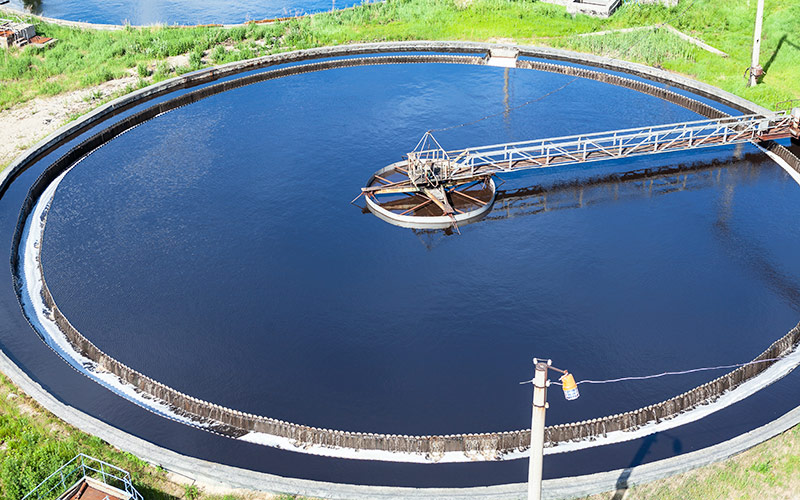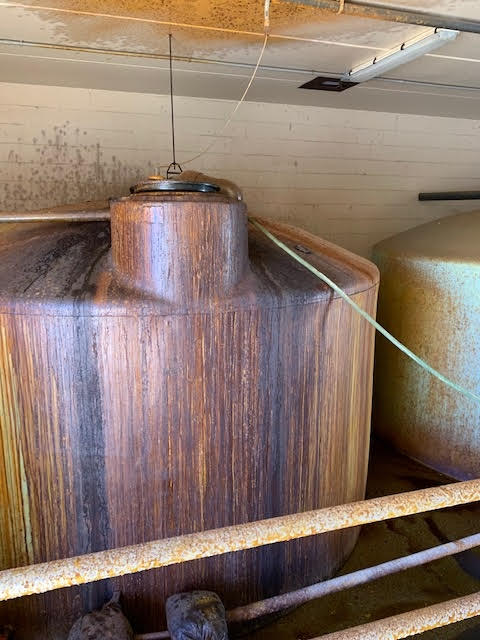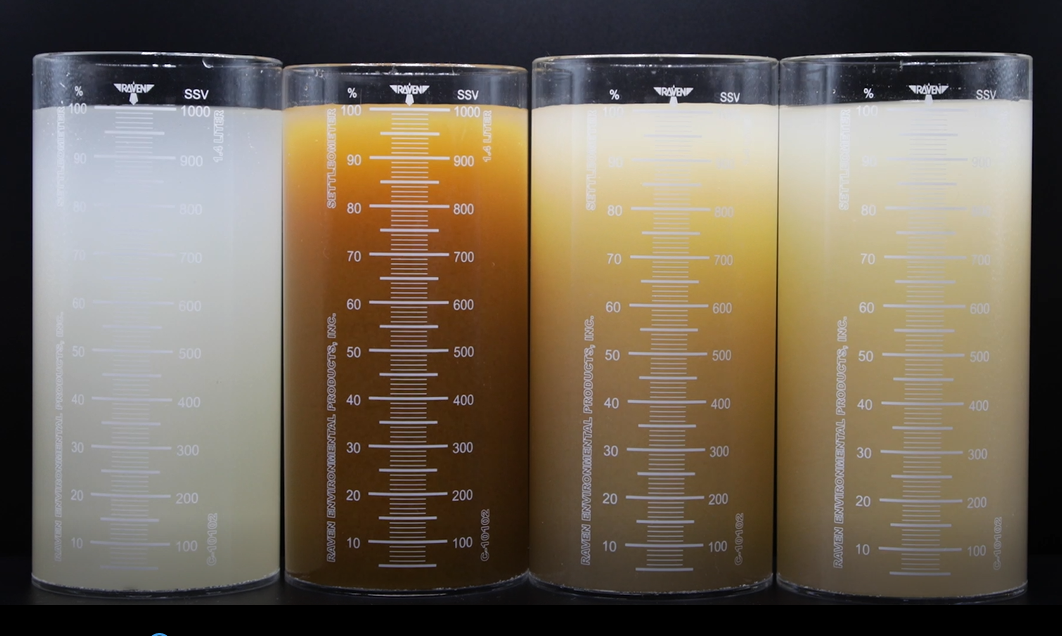
by | | Case Studies, Wastewater Treatment, Water Treatment, WaterFX
Enhanced coagulation drives plant efficiency and performance The Challenge A 770,000 GPD municipal wastewater treatment plant discharging to a stream leading to Lake Erie was having difficulty meeting its total aluminum (1.1 mg/L) and total phosphorus (1.0 mg/L)...

by | | Case Studies, Wastewater Treatment, Water Treatment, WaterFX
Sludge Reduction and Phosphorus Control Driven Simultaneously November 2020 Summary Coppermine WRF (water reclamation facility) serves an area in Paulding County Georgia, a rapidly growing suburb of Atlanta. With approximately 800,000 GPD average flow, this municipal...

by | | Innovative Chemistry, Lanthanide Salt Chemistry, RE300, Wastewater Treatment, Water Treatment, WaterFX
WaterFX reduces chemical feeds Removing phosphorus from wastewater can add a lot to your chemical feeds, and to your costs. First, there is the coagulant. If you are using aluminum or ferric-based coagulants, the amount of coagulant you add is often at least 4 to 1 in...

by | | Innovative Chemistry, Lanthanide Salt Chemistry, RE100, RE300, Wastewater Treatment, Water Treatment, WaterFX
Crystals Beat Floc — Better Dewatering with Neo WaterFXRemoving phosphorus from wastewater can create large quantities of difficult to dewater sludge, driving up disposal costs. The cause is choosing the wrong coagulant. Traditional coagulants, iron or aluminum based,...

by | | Innovative Chemistry, Lanthanide Salt Chemistry, RE100, RE300, Wastewater Treatment, Water Treatment, WaterFX
Scrubbing weirs. No one likes to do it and, depending on your clarifier design, it can be downright dangerous. But there it is every spring and through the summer, that annoying algae hanging off your weirs, with its slimy green making the clarifiers look terrible....








